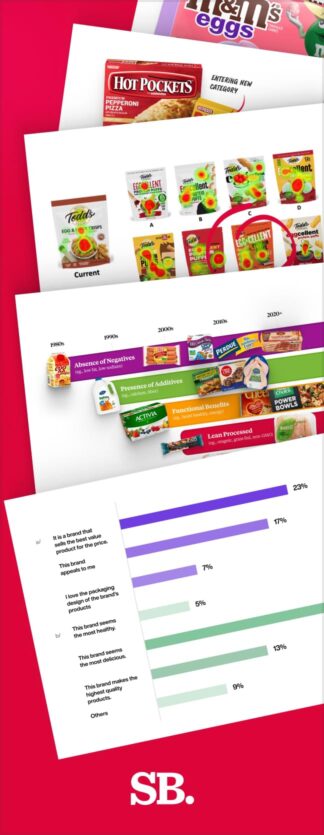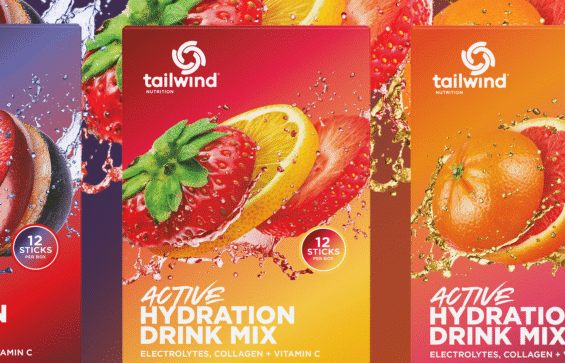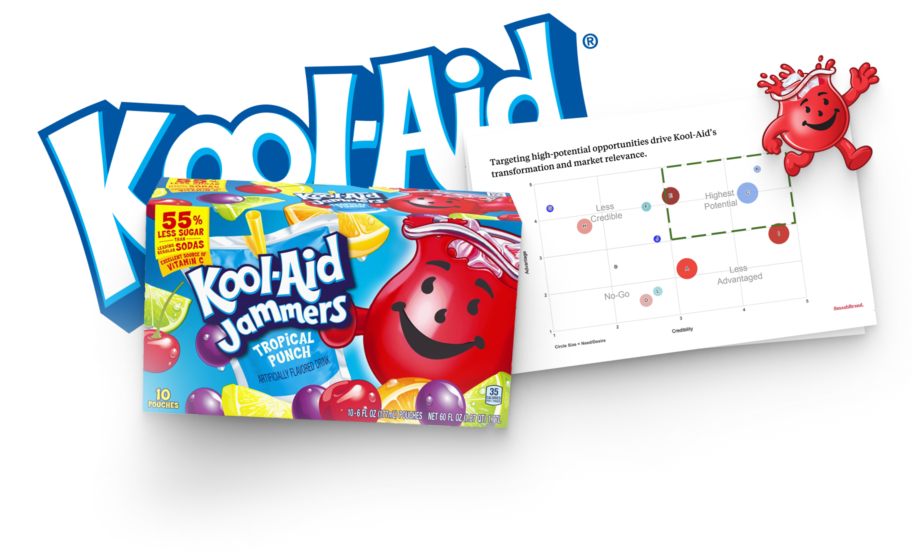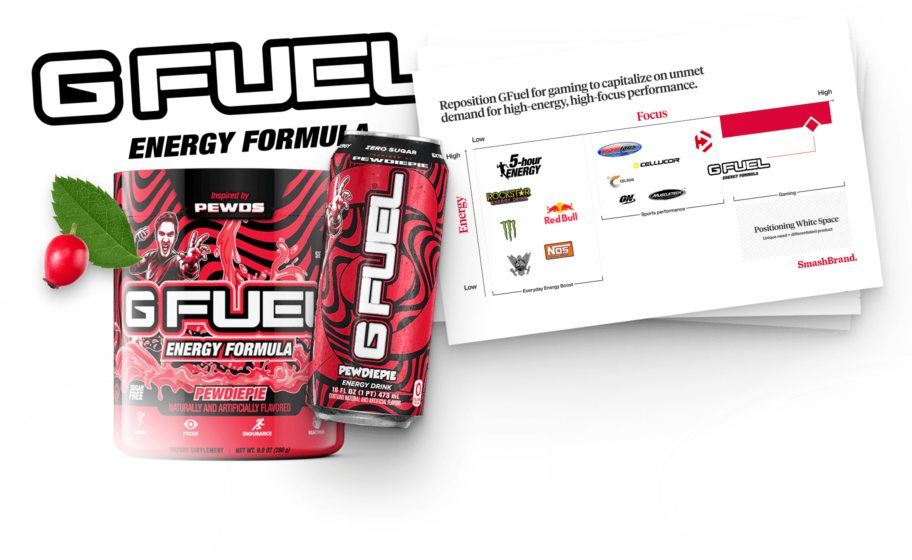How much does a name matter? When it comes to your products, everything. Just ask the companies that’ve watched their rebrands flop or flourish based on a single word. A product name is the customers’ first impression, and with shelves overflowing with choices, yours must instantly stand out.
Get it wrong, and you’ll struggle to gain traction, no matter your quality. With so much at stake, it’s crucial to approach any product renaming with care. This article is a complete guide and provides all the essential steps necessary for the naming process.
You will learn various strategies for refreshing or replacing a name, ranging from subtle evolutions to complete overhauls. You’ll also discover how to test potential product names for maximum impact and avoid costly missteps that could set your product back for good.
Understanding the need for product renaming.
While an existing brand may have served a company well for years, circumstances constantly evolve. The market is dynamic, customer preferences shift, and competitors relentlessly innovate.
As a result, even the most established products may someday outlive their name. There are several common reasons why companies ultimately decide that product renaming has become necessary.
A clear example is when a brand’s strategy or positioning undergoes substantial changes. Altering the target audience or expanding into new categories often warrants aligning the name with the updated vision. Marketplace dynamics can similarly drive the need for renaming.
Emerging trends, disruptive technologies, or saturated categories may leave an existing brand less relevant. Companies may also rename after an acquisition or merger to bring disparate product lines under a unified identity.
Renaming further allows businesses to leave problems of the past behind. Negative brand perceptions resulting from quality issues or missteps need to be corrected to earn new trust. A fresh name presents an opportunity to start afresh.
While challenging an established brand is never taken lightly, product renaming can power necessary course corrections to meet the evolving demands of tomorrow. With care, a new name can reinforce a brand’s renewed purpose and contribute to its continued success.
Evaluating your existing brand identity and assets.
Before initiating the product renaming process, it is crucial to assess the existing brand identity and assets. It helps companies get a reference and easily measure the rebrand’s success by comparing the results with initial values.
Companies must step back to analyze all relevant elements objectively from various angles. It includes re-examining brand positioning in the market and any established naming conventions, taglines, and imagery. It’s also important to audit how the existing brand name resonates with existing customers – are any frustrations or points of confusion expressed?
Interviews can provide deep insights. Additionally, an audit of digital assets, such as websites, social media profiles, and collateral, will reveal consistency and gaps to consider.
Analyzing brand recognition among existing customers.
Companies should conduct in-depth customer surveys and interviews to analyze brand recognition and perception. The goal is to understand top-of-mind awareness of the existing brand name alongside any positive or negative associations customers have developed. Insights around perceived quality, reputation, emotional responses, and brand attributes will reveal likeability and identify aspects needing improvement to ensure a new name.
Here are some additional tips companies can follow to analyze brand recognition and perception among existing customers:
- Run online brand perception studies and collect unprompted feedback on social media to gauge spontaneous awareness
- Analyze customer support transcripts and online reviews for sentiment around the existing brand name
- Conduct in-person interviews with open-ended questions to uncover deeper feelings toward the brand beyond surface-level feedback.
- Test recognition of the brand name versus competitors through tools like brand recall surveys
- Evaluate if the existing name conveys the intended messaging or creates confusion through explicit questions.
- Look for correlations between demographics or customer segments with the most positive or negative associations.
- Consider quantitative data and rich qualitative insights when assessing brand recognition and perception.
Assessing the strength of existing branding.
Properly assessing the strength of existing branding and trademarks is vital for any product renaming efforts. Companies may analyze consistency across marketing materials, digital properties, and branded touchpoints. Evaluating trademark coverage and identifying any prior issues can reveal potential vulnerabilities. The positioning within the overall product naming architecture should also be considered, such as whether a name applies to just one variant or the entire line of products. This upfront audit provides important context regarding protections and flexibility with the existing brand.
Review marketing collateral.
When reviewing existing branded materials, companies must audit all product marketing materials to identify consistency and areas that need updating. It includes an examination of collateral, such as brochures, case studies, and advertisements, as well as physical packaging, uniforms, signage, and digital assets, to ensure adherence to any product naming framework. Focusing on recently created and outdated items can show where improvements are required. This process reveals the extent of rebranding efforts and informs timelines.
Starting the renaming process.
Companies can initiate the rebranding process after understanding the need for product renaming and assessing the current situation, before implementing the rebranding strategy. Here are the essential steps to follow during the renaming process.
Forming a cross-functional team.
Once planning is complete, the brand name creation process begins with assembling a cross-functional team. This group should represent all key stakeholders across departments to drive strategy, creativity, and execution.
Whether you’re facing a complete brand renaming or changing product names across a portfolio, a unified team ensures alignment at every step. Their insights help shape the brand name change strategy, guide research, and bring structure to naming decisions from naming product lines to determining the name for a new market.
A diverse team is essential when branding a name change or changing a brand name. It ensures each perspective is considered, making your following brand name change not just a shift, but a strategic advantage.
Conducting competitive research.
Next, conducting thorough market research and analyzing competitors’ product naming conventions in depth is necessary. Understanding what resonates with current and potential customers informs brand positioning opportunities.
Exploratory brainstorming sessions should generate innovative naming ideas and concepts that align with the company’s strategic goals. Both logical and emotive options should emerge from these sessions.
Brainstorming naming ideas and concepts.
Brainstorming is a crucial step in the brand naming process that enables a company to cast a wide net and generate numerous potential names and concepts through structured product naming exercises. Practical sessions employ techniques such as limiting judgment of ideas, encouraging wild ideas without critique, and building on others’ suggestions to spark new thoughts.
The goal is to complete this initial brainstorming session with a wide range of options that can then be objectively assessed against established evaluation criteria. By broadening the product naming net through brainstorming, companies can explore diverse strategies and discover unexpected ideas.
Choosing the right new name.
After generating potential new names, companies must carefully evaluate options to select the ideal one. First, all names must align with the brand’s strategic goals and market positioning. A name that encapsulates the brand promise and resonates with target audiences will serve the business best.
Companies must also thoroughly test top names. Assessing clarity and memorability through customer surveys or focus groups provides essential feedback. Additionally, trademark searches are crucial to avoid costly conflicts down the road.
Conducting initial customer research on the most viable names allows observation of reactions and subconscious connections. Both qualitative and quantitative methods provide insights. Brands learn which names feel the most descriptive and premium, motivating purchase intent at first exposure.
Selecting the perfect new name is a pivotal decision that requires due diligence. Careful evaluation across these critical areas guides the selection of the option best primed to drive the business forward meaningfully.
Implementing the new name.
Once a new name is selected, careful implementation is crucial to its success. First, companies must update all marketing, sales, communication, and digital collateral with the new name, logo assets, and brand guidelines. It includes websites, packaging, advertising, and more.
A comprehensive education program should communicate the meaning and benefits of the new company name to essential audiences. Customers, partners, and employees must understand why the changes are made and gain acceptance and support.
Launching an integrated multi-channel marketing campaign debuts the new name to the world. Different tactics, such as public relations, social media, direct mail, and events, drive awareness and understanding. The goal is to transition external perceptions smoothly.
Internally, rollout support ensures a seamless switchover. Training programs instruct teams while signage, systems, and documentation updates cement the new identity.
Continued tracking gauges the new name’s impact on critical metrics. Brand tracking, sales data, website analytics, and user research provide insight into performance. Ongoing optimization ensures long-term success.
Additional tips for a successful renaming project.
Choosing the right product name may require much effort, but it is worth it. Companies must research easy-to-remember, lucrative, and even descriptive names. Here are some additional tips for a successful renaming project that helps retain loyal customers and attract new ones.
Engage stakeholders early on.
Involving loyal customers, partners, employees, and other stakeholders from the outset of the rebranding exercises helps ensure buy-in and support for the new company or product name. Their insights are also valuable during the evaluation process.
Leverage social media.
Social media offers an opportunity to engage potential customers in rebranding efforts through targeted campaigns that generate valuable feedback. It’s also practical for announcing the new name and building awareness.
Consider a phased approach.
When you rename a brand, a phased rollout can minimize disruption and reduce risk. Gradually introducing the new name across target audiences or marketing channels allows you to monitor responses and make refinements.
Whether you’re renaming a company, a small business, or an existing business, this approach offers flexibility and control. A thoughtful transition strategy ensures that your renaming efforts are well-received by customers and protect brand continuity as you move toward a stronger, more aligned identity.
Test name alternatives.
Before finalizing a company name or business name, it’s essential to test multiple options with your target audience. This rebranding exercise reveals how each specific word performs in real-world scenarios, helping you identify the right name that enhances user experience and protects brand equity.
Market research also helps flag potential trademark conflicts and ensures your chosen name aligns with your naming convention, whether you’re launching a new product or repositioning an existing brand.
Highlight strategic rationale.
Communicating the strategic rationale behind the rebranding project and new company/product name helps stakeholders understand why it was necessary. It fosters support for the change.

Nice Package
Don’t miss out on our monthly newsletter Nice Package!
Each month, we deliver a data-driven newsletter directly to your inbox, unpacking a critical topic in the FMCG & CPG industry.
"*" indicates required fields
Data-driven approach to product renaming.
Are you having difficulty choosing a great name for your products? Need help in renaming your product names for maximum impact? SmashBrand is your one-stop solution. Our data-driven strategy process helps identify opportunities for effective product naming. We discover the potential name with the highest impact by conducting thorough testing. Subsequently, our design team incorporates this name into the packaging design and branding strategy.
Book a meeting with our team to discuss your project and explore how we can help you find the ideal name for your product.
Subscribe to
Nice Package.
A monthly newsletter that unpacks a critical topic in the FMCG & CPG industry.
Free Resource.

CPG product repositioning guide.
Explore the five undeniable signs your CPG product needs repositioning along with strategies for leveraging consumer insights for a guaranteed market lift.
Learn More About CPG product repositioning guide.



